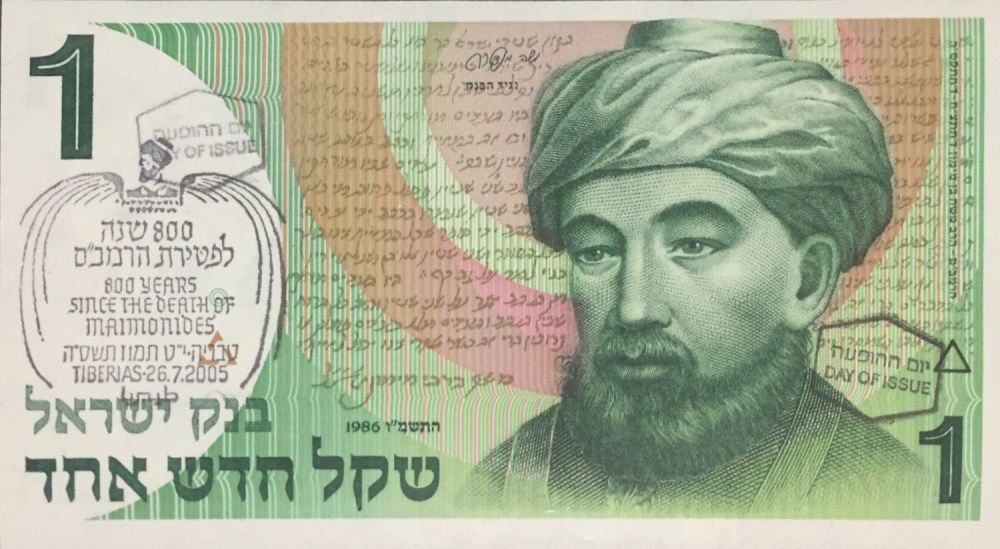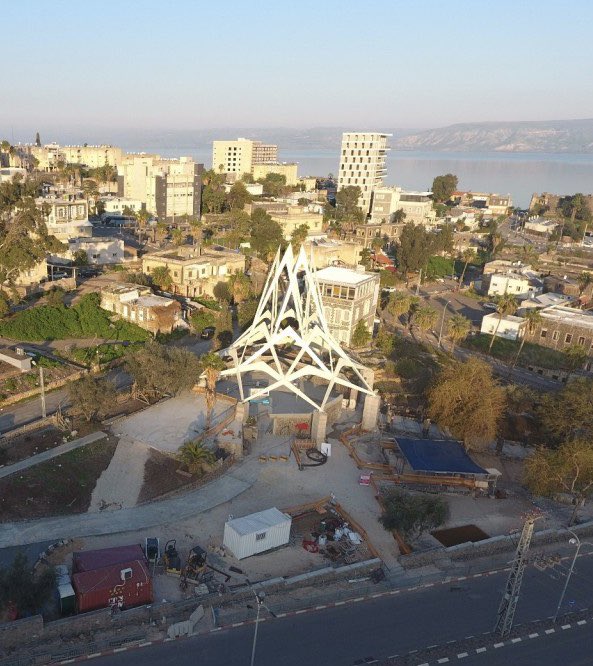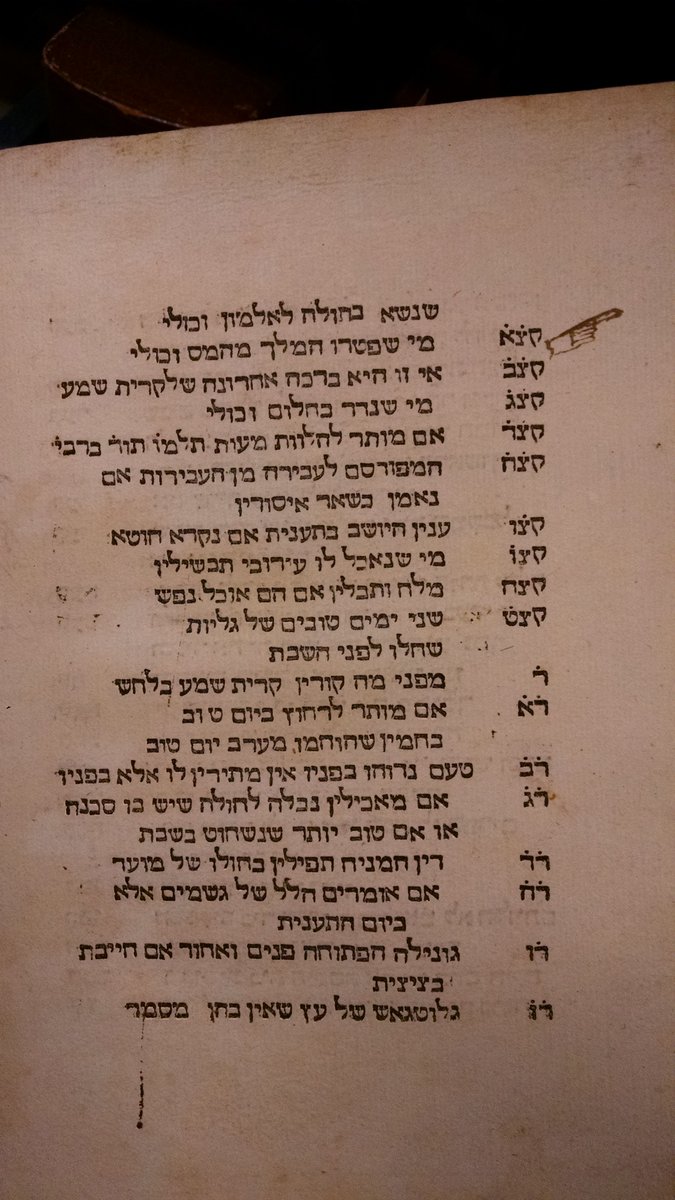
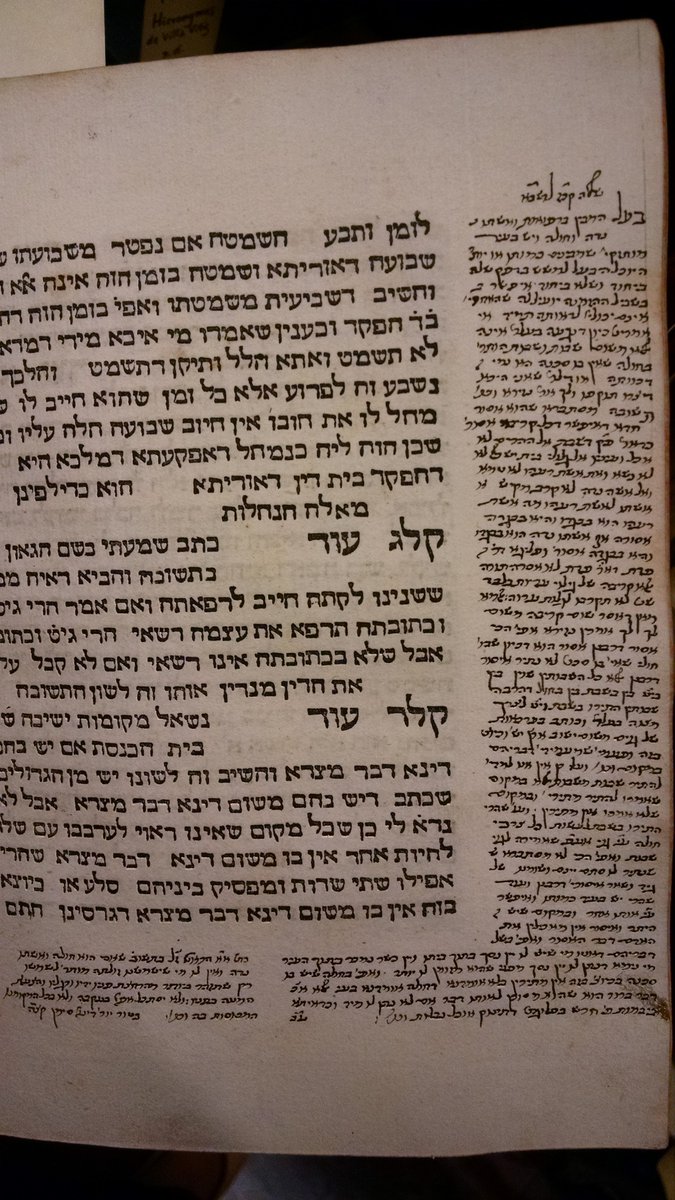
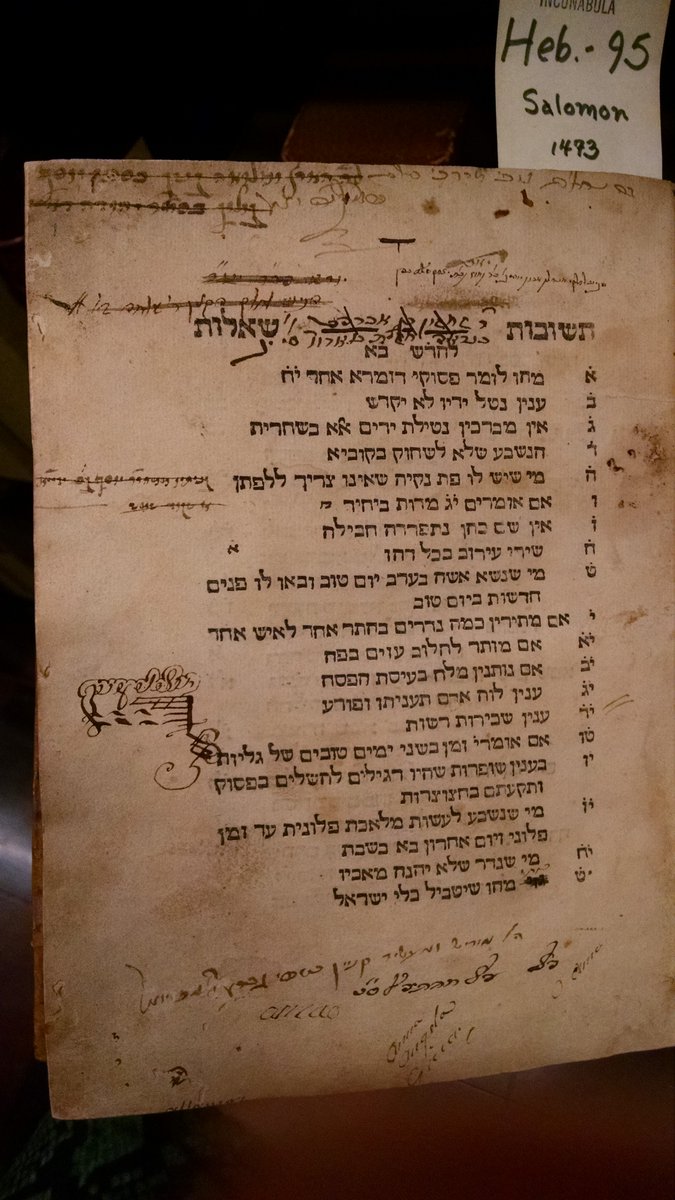
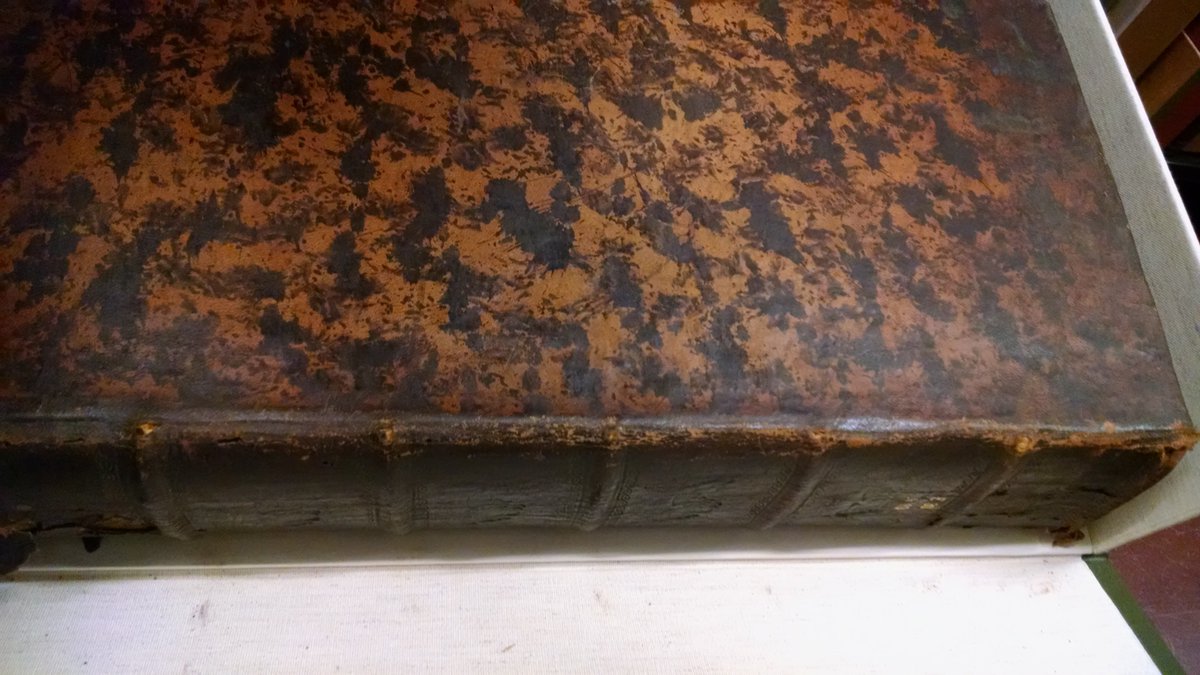
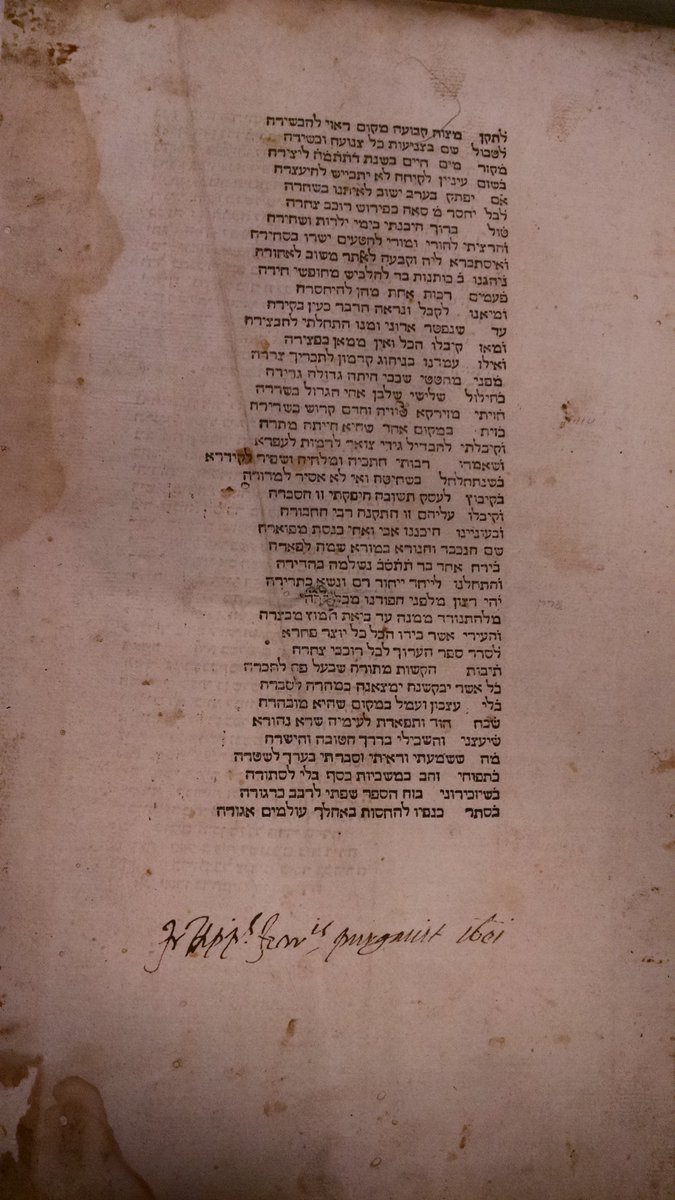
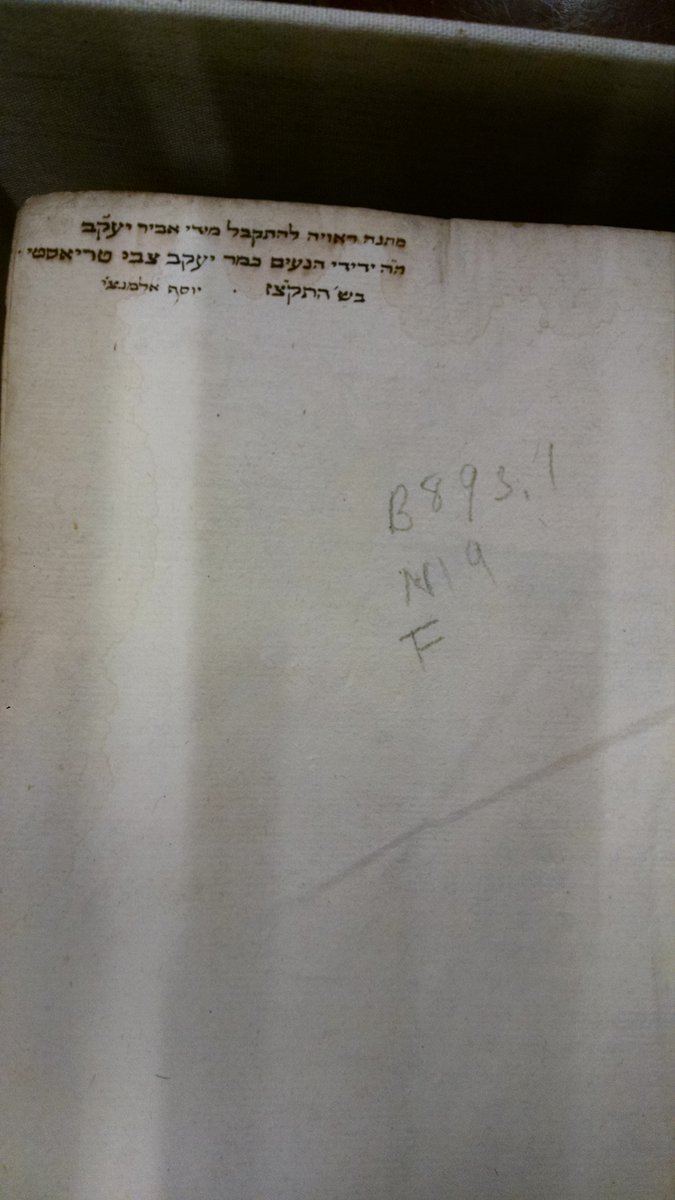
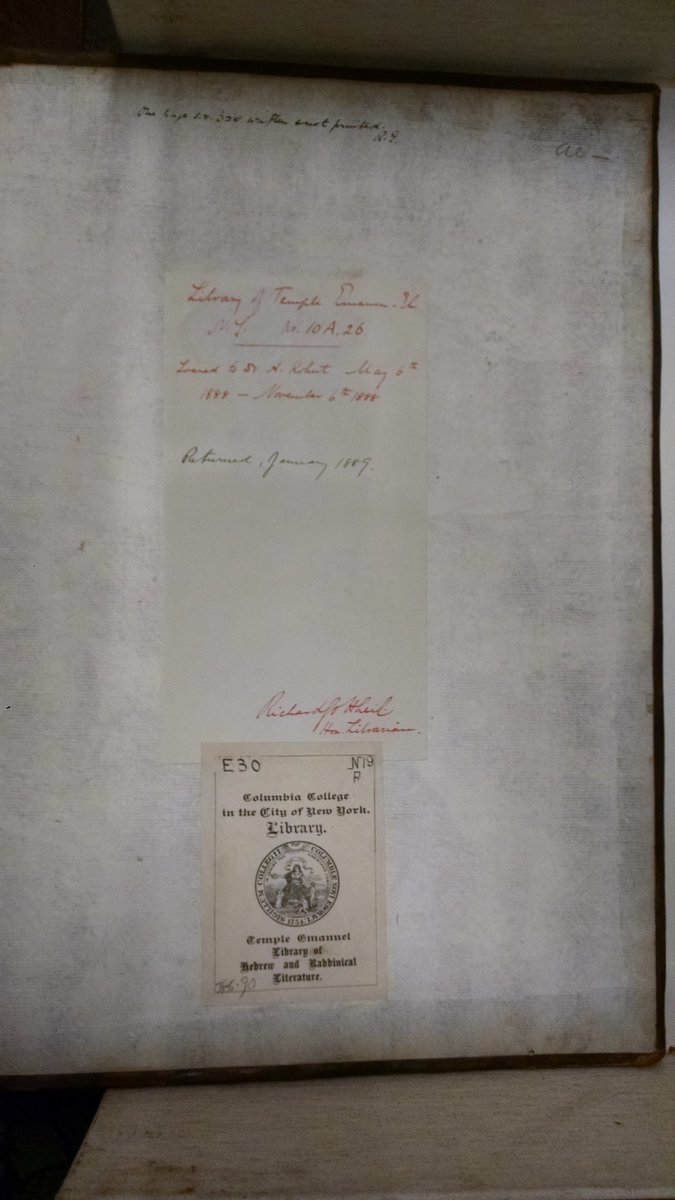
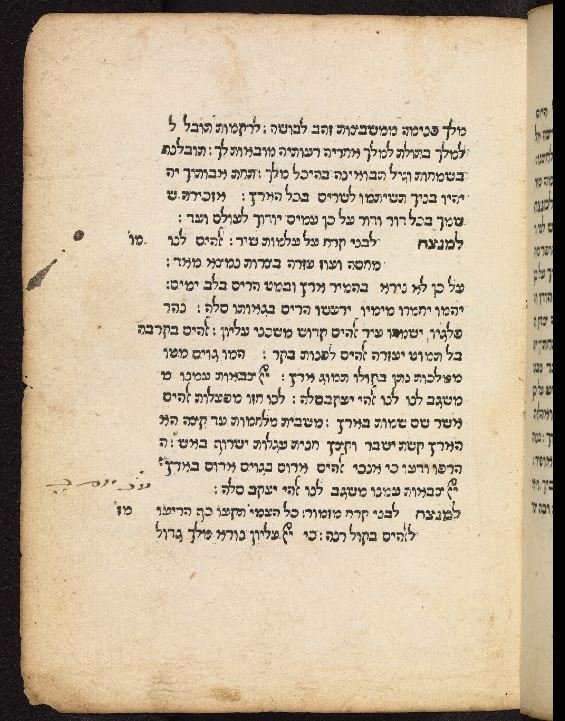

Mo'ed Katan
Ta'anit
Yoma
Conceivably, they were printing what was being studied - and thus in demand at the time.
Most of these only survive in fragments (and in the photocopies in S'ridei Bavli)
Think about how the Talmudic landscape would have been different if the Iberian presses would have flourished...here's a little piece of one from the @NLIsrael collection
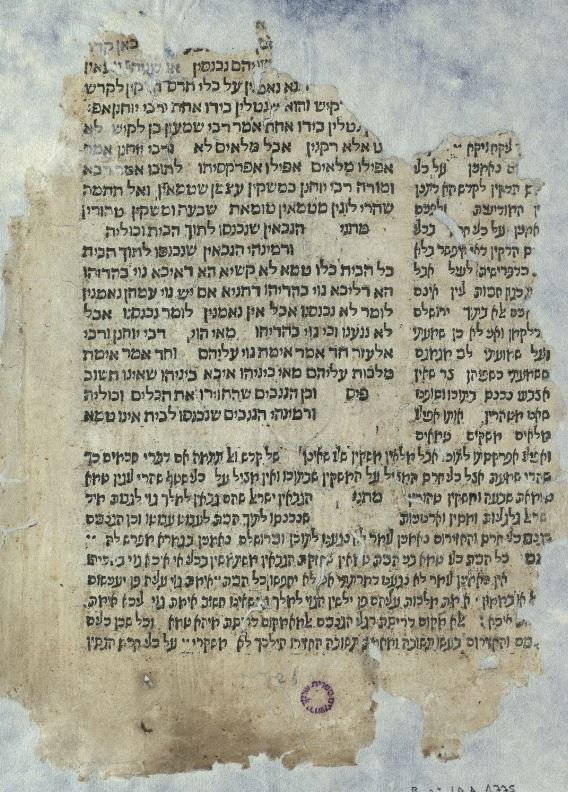
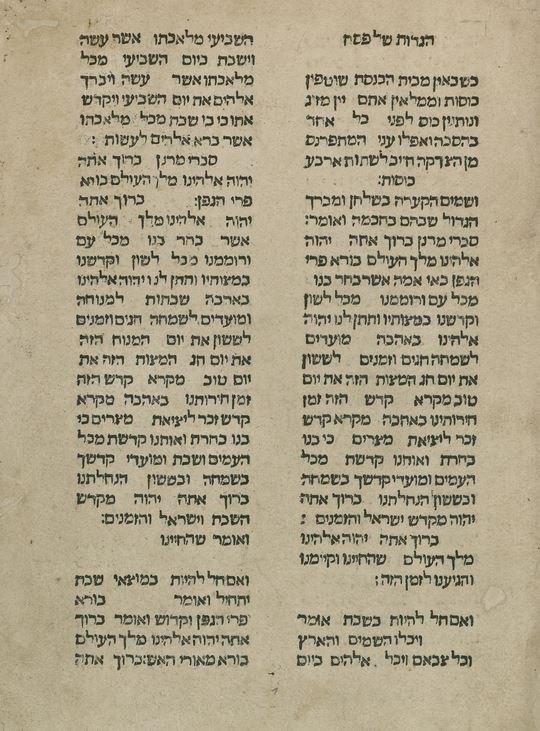
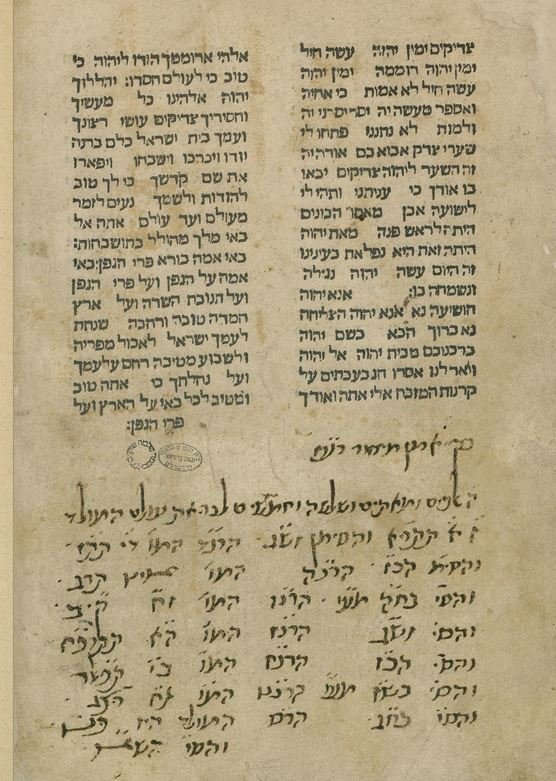
Along comes Joshua Solomon Soncino, the man who would build a printing empire spanning generations (at least until the 1530s..)
He begins ambitiously, with a volume of the Talmud: Berakhot. Commentaries include Rashi, Rambam, Mordekhai, and Tosafot/Piske Tosafot.

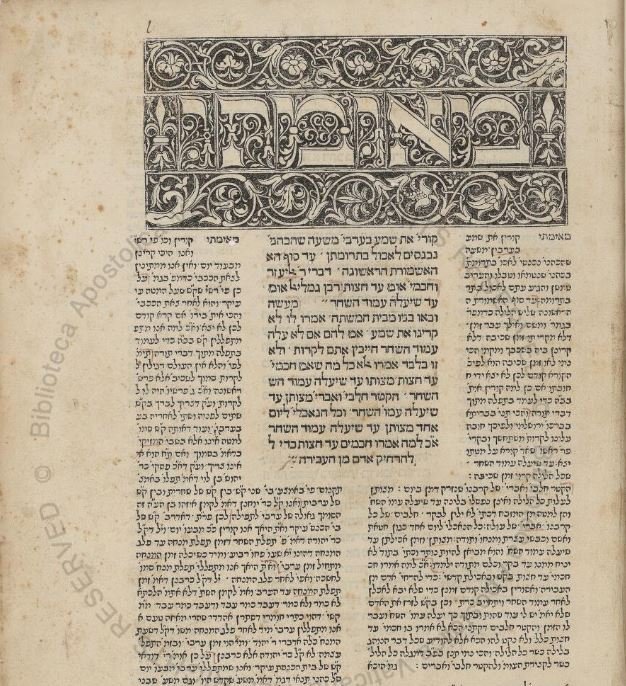

Note here the blank type that was used to fill in the rest of the page (they didn't have enough furniture for the whole thing...ררררר
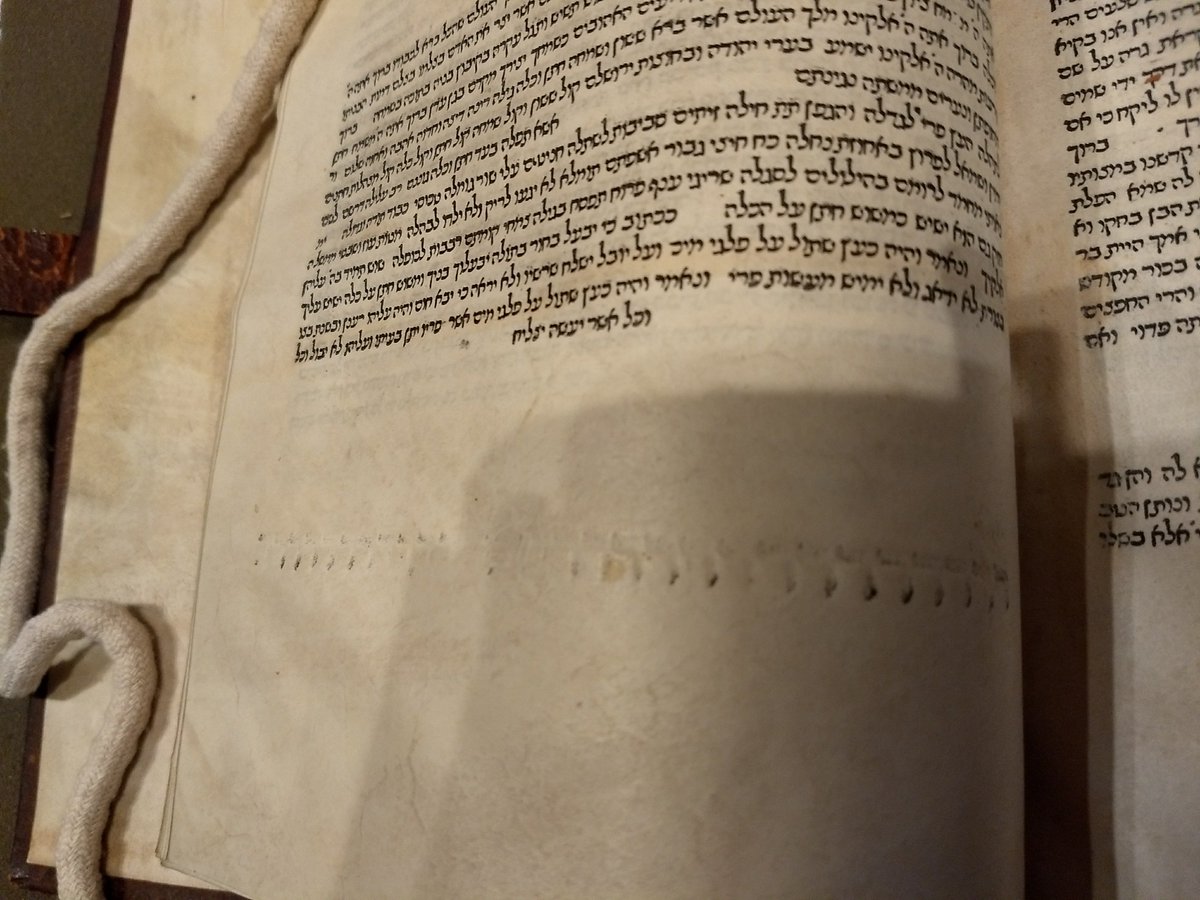
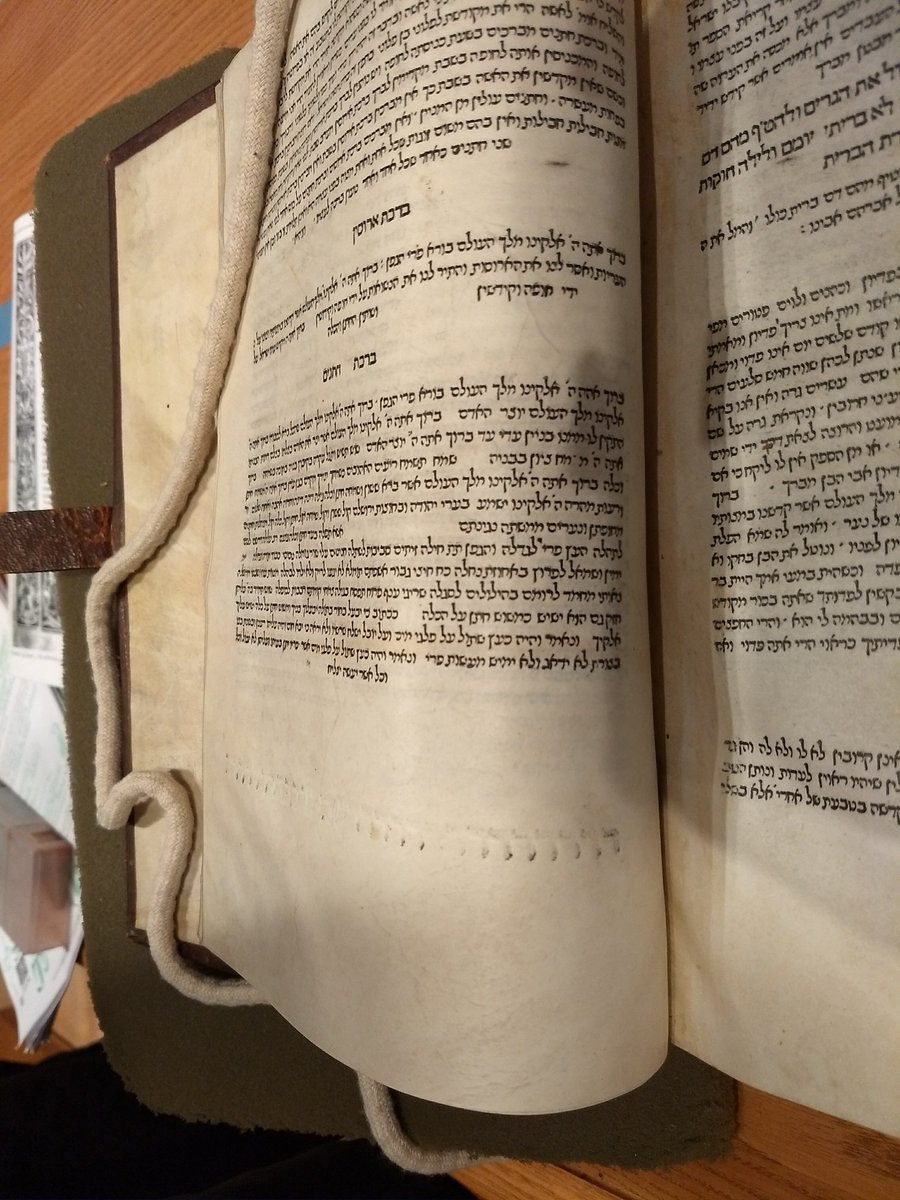
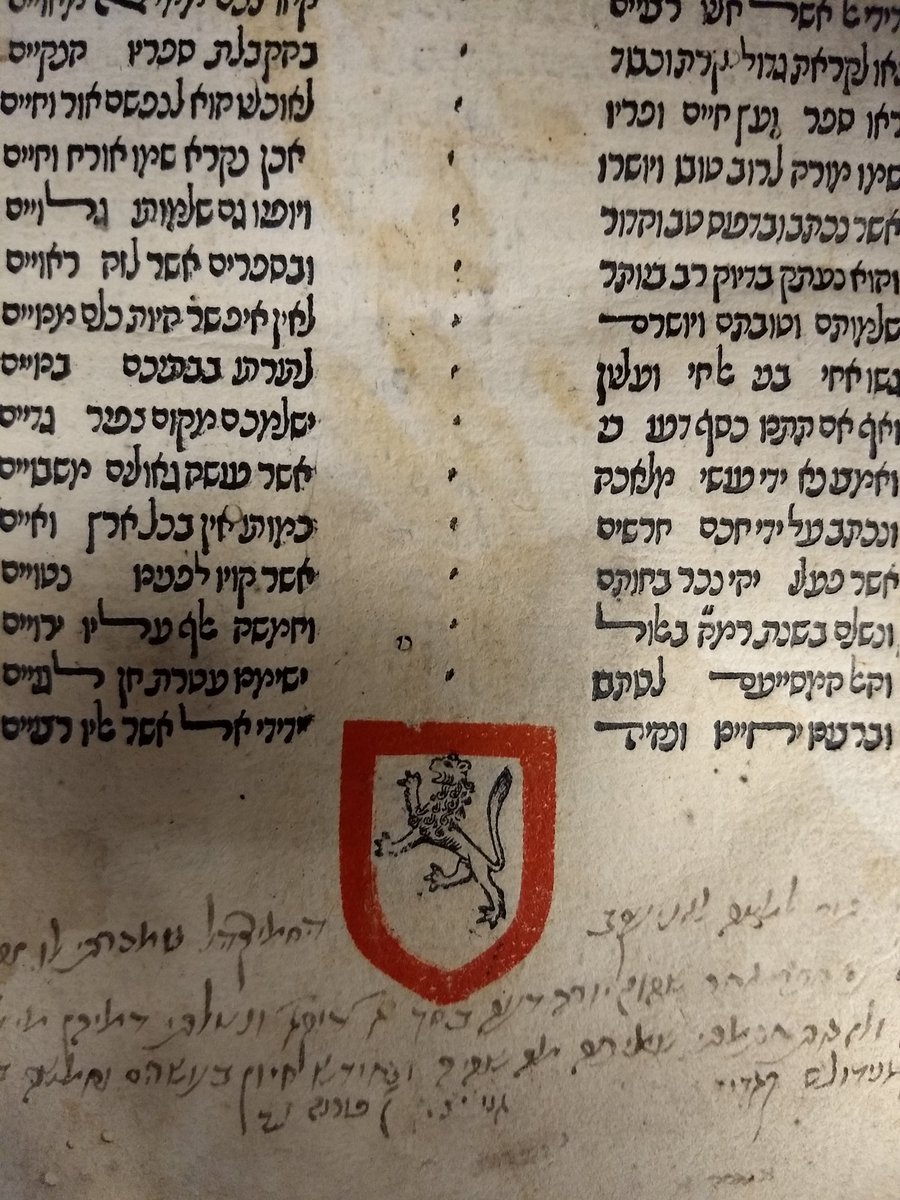
Both printed a Sefer ha-Shorashim w/in 6 mo of each other, c.1490-1!
Scholars identified the types as coming from the presses at Hijar and Guadalajara in Spain, and A.K. Offenberg identified the paper as from Naples & Venice.
Ladies and gentlemen, this has been the history of the book as the story of the ones who wrote, made, sold, and owned them. /fin















